Did you know that some of the tastiest tomato varieties are becoming harder to find? As a result, learning how to save tomato seeds can come in handy.
Fermentation aside, this is a relatively simple process, which can allow you to preserve your favorite varieties for years to come.
However, you’ll need to ensure that you save seeds from open-pollinated or heirloom varieties, if you’re looking to grow tomatoes similar to the original.
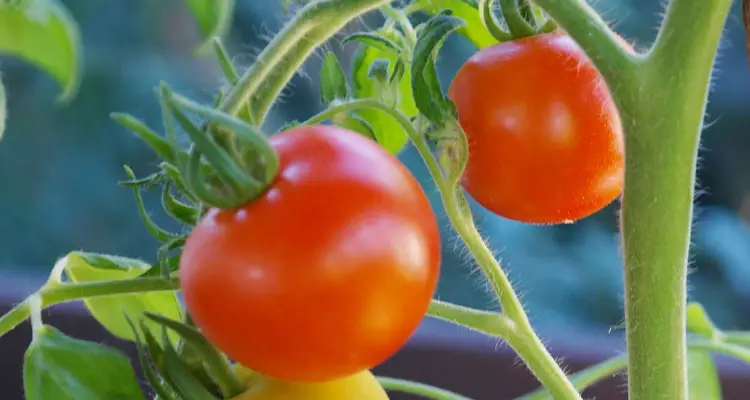
With this in mind, follow these simple steps to save your tomato seeds for planting:
- Choose Ripe Tomatoes
- Harvest The Seeds
- Start Fermentation
- Wash And Dry The Seeds
- Store Seeds In A Dry, Cool Place
Before We Get Started…
Here is a list of items to prepare your tomato seeds for saving. You may already have some or all of these in your kitchen.
| Items | Description |
| Ripe Tomatoes | Preferably heirloom varieties |
| Mixing Bowl | Size depends on the amount of tomatoes |
| Colander | Plastic or stainless steel will work |
| Canning or Glass Jar | With a proper lid |
| Paper Towel Or Cheese Cloth | Paper bag will also work |
| Sealable Envelope | Small paper envelopes work best |
Step 1. Choose Ripe Tomatoes
When choosing tomatoes to collect seeds, ensure they are fully ripe and do not have any cracks, holes, or soft, discolored patches.
Likewise, avoid fruits that are deformed or show signs of abnormal growth. In short, choose fruits with desirable qualities.
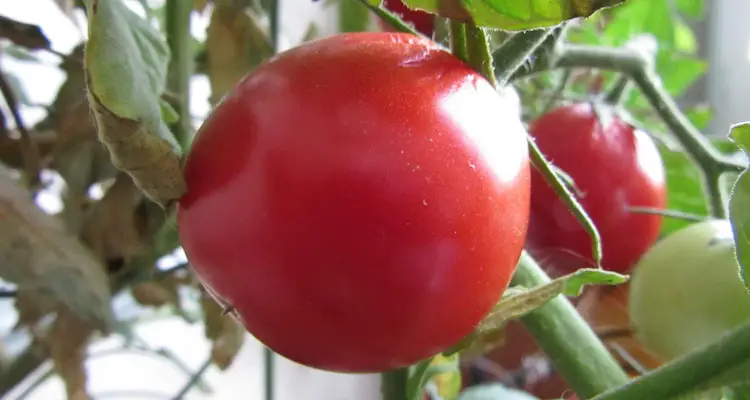
Also, you should avoid using seeds from hybrid tomato varieties, since they tend to produce unpredictable results. In some instances, they may revert to traits of one of the parents or creating new combinations altogether.
Step 2. Harvest The Seeds
Cut the tomato in half then squeeze them into a bowl to gather the gel. Use a spoon if necessary.
If possible, it’s a good idea to collect the seeds from various tomato varieties to generate a larger gene pool. However, you must ensure to do this separately.
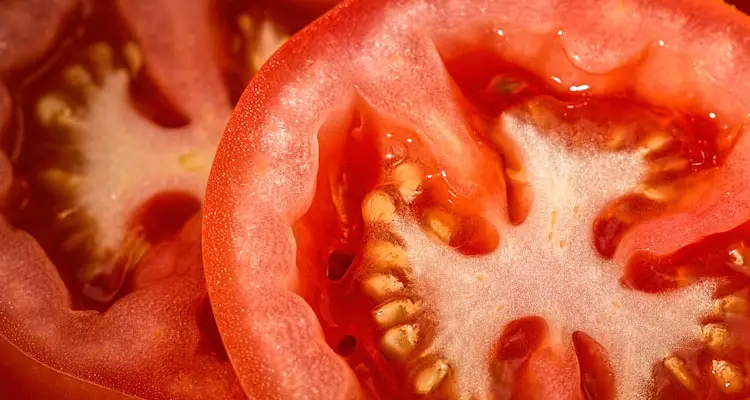
In some petite tomatoes, the seeds are concentrated in a cavity, which will allow you to use the flesh after scooping out the seeds..
Step 3. Start Fermentation
Tomato seeds are covered in a gel-like sac, which inhibits germination. Fermentation breaks down this membrane, allowing them to sprout.
To do this:
- Place your tomato seeds gel within a glass or plastic jar that is large enough to completely cover the seeds with water.
- Then, cover the opening of the container with either a cloth or a coffee filter, using a rubber band to keep it secure and prevent any fruit flies from entering.
- Once complete, place the jar in a warm location, away from direct sunlight, and allow the seeds to ferment for about 3 days; stirring twice daily until seeds start to separate from the gel.
Please refrain from fermenting your seeds for more than three days. The longer you ferment, the lower the germination rate becomes, with increased risk of premature sprouting.
Step 4. Wash And Dry The Seeds
After fermentation, you’ll want to remove any mold that is visible on your tomato seeds.
Then, please place them in a mesh colander and rinse them under the water to remove any excess tomato residue.
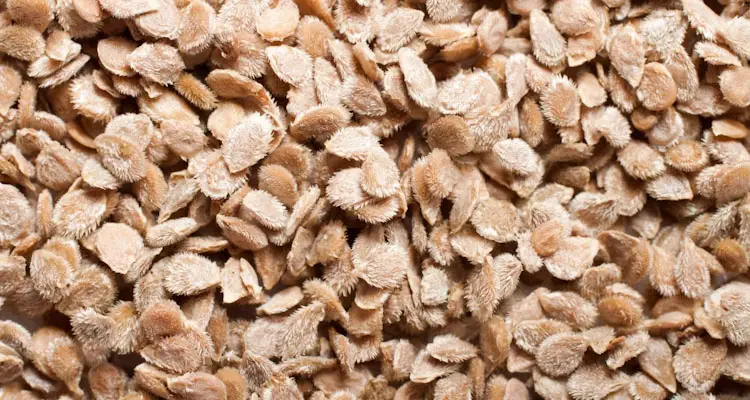
Spread the seeds on a paper plate to allow them to dry for approximately one week.
Occasionally, stir and move the seeds to prevent any clumping. You can also separate clumps using your fingers.
Step 5. Store Tomato Seeds In A Cool, Dry Place
After drying:
- Place the seeds in an airtight container for storage.
- Label the tomatoes with the date and variety.
- Store them in a cool, dry place, out of direct sunlight.
Note: You should avoid storing tomato seeds in the refrigerator, as it tends to be too humid. In contrast, tomato seeds can remain viable for up to 6 years if appropriately held.
Why Should You Save Tomato Seeds?
As mentioned before, some tomato varieties are becoming harder and harder to find. Therefore, having your own supply can be beneficial.
In doing this, you will inevitably produce acclimated versions of your chosen varieties that can thrive in your area.
Nevertheless, you should avoid planting different varieties of tomatoes near one another. This prevents cross-pollination.
Instead, they should be planted at least 25 feet apart, or be separated using a tall plant barrier between plants.
Can You Save Seeds From Hybrid Tomatoes?
Hybrid tomatoes contain genetics from two different parent plants. As a result the seeds they produce may receive qualities from one of the parents or even a random mix of both.
As a result, while you can save seeds from any hybrid tomato, you should keep in mind that they may not produce the same type of tomato you enjoyed.
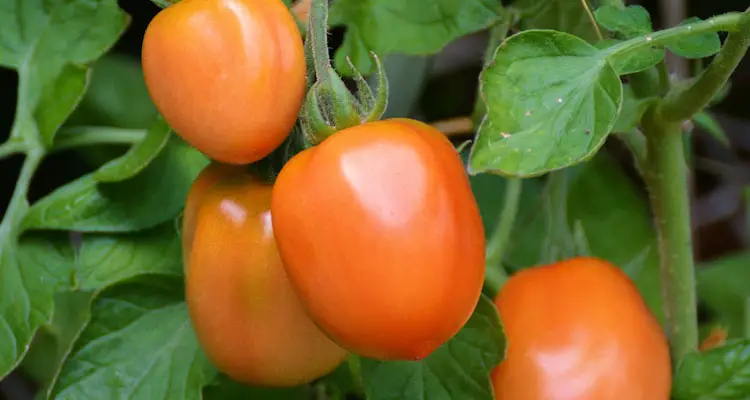
If you don’t mind the mix of plants, then by all means, go for it! Like all other seeds, with proper care, you’ll be able to grow healthy plants.
Final Thoughts
There is nothing quite like home-grown tomatoes picked straight from the vine. And saving your tomato seeds is one way to ensure you can at least replant your favorite varieties.
Not only does saving seeds save you money in the long run, but it also acts as a safeguard in case of shortages.
Hopefully, this guide has provided you with the basics you’ll need to get started with saving tomato seeds. All the best!
References
University Of Minnesota Extension. Saving Vegetable Seeds. extension.umn.edu. Accessed December 2022
UC Master Gardeners Of Santa Clara County. Saving Tomato Seeds. [PDF] Accessed December 2022
